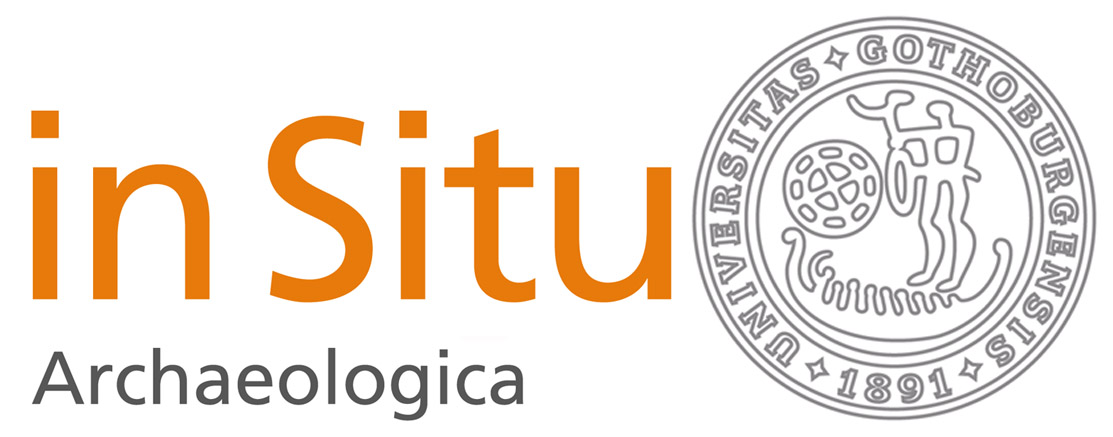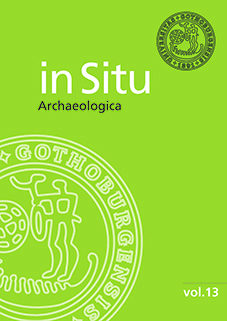Byns vara eller icke vara, är det frågan ?
By och bebyggelse i sydvästra Skåne 400–1800 e.Kr.
DOI:
https://doi.org/10.58323/insi.v13.12631Keywords:
bebyggelsearkeologi, landskapsarkeologi, romersk järnålder, folkvandringstid, medeltid, historisk tidAbstract
The aim of the study was to investigate the concept of village and settlement patterns in a long-term perspective in the southern part of Sweden. For whom were villages a successful concept and was one definition really enough to describe the role villages played in different societies ? All excavated farmsteads in the period AD 400–1800 were registered in a GIS database that was used for large-scale analysis. Trends in ups and downs in the settlements at different times became visible. Large farm units/estates influenced village formation due to control over land and the ability to organize people and agrarian production. Village nucleation was considered as a precondition for state formation, as it guaranteed a stable and continuous transfer of agrarian surplus through taxes.
Downloads
Downloads
Published
How to Cite
Issue
Section
License
Copyright (c) 2019 Katlin Schmidt Sabo, Bengt Söderberg

This work is licensed under a Creative Commons Attribution 3.0 Unported License.
Authors contributing to In Situ Archaeologica agree to publish their articles under a Creative Commons License. This gives third party different rights to use the material under certain conditions. These rights is defined by which license the article is published and it is the third partly responsibility to ensure that the license is fullfilled in any re-use of the material. Authors always retain copyright of their work and any re-use of the material presumes that appropriate credit is given the author, a link is provided to the license, and any changes made are clearly indicated.


 under a
under a 